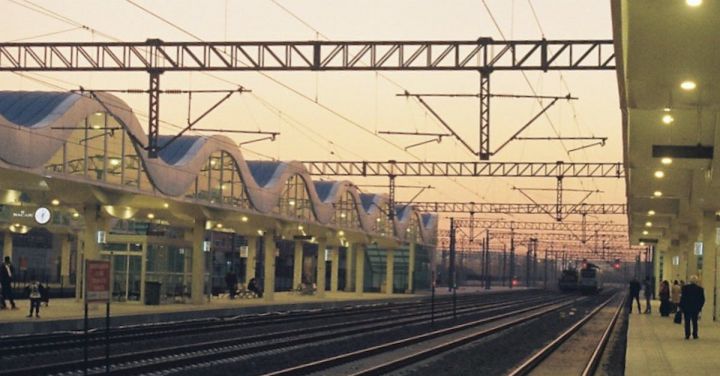The track gauge, also known as the distance between the two rails on a railway track, is a crucial element of railway infrastructure. It may seem like a simple concept, but it plays a vital role in the efficiency and safety of train operations.
One of the primary purposes of track gauge is to ensure the stability and balance of trains. The width between the rails determines the stability of the rolling stock, preventing it from derailing or tipping over. Different regions and countries around the world have adopted various track gauges, with each gauge suited for specific purposes and conditions.
Standard gauge is the most commonly used track gauge worldwide, with a width of 1,435 millimeters. It offers a balance between stability and cost-effectiveness, allowing for efficient movement of trains. Most high-speed rail systems, such as the Shinkansen in Japan and the TGV in France, utilize standard gauge.
Narrow gauge, on the other hand, has a narrower width than standard gauge. It is often used in mountainous regions or areas with rugged terrain. Narrow gauge tracks provide better maneuverability and flexibility, enabling trains to navigate sharp curves and steep gradients. Some famous narrow gauge railways include the Darjeeling Himalayan Railway in India and the White Pass and Yukon Route in Alaska.
Broad gauge, as the name suggests, has a wider track width than standard gauge. It offers higher stability and capacity for heavy freight trains. Broad gauge is commonly used in countries like Russia and India, where long-distance freight transportation is prevalent.
Besides stability and capacity, track gauge also affects train speed. Wider gauges allow for faster speeds as they provide a more stable platform for trains to travel on. This is why high-speed rail networks typically use standard gauge tracks. Narrow gauge tracks, while providing better maneuverability, are not suitable for high-speed operations due to their inherent limitations.
Track gauge also influences interoperability between different railway systems. In areas where multiple track gauges meet, interoperability can be a challenge. To overcome this, specialized rolling stock known as variable gauge trains or gauge-changing trains have been developed. These trains can adjust their wheelsets to match different track gauges, allowing for seamless travel across diverse networks.
It is worth noting that track gauge is not solely determined by engineering considerations. Historical, political, and economic factors also come into play. In some cases, neighboring countries may adopt different track gauges, posing challenges for cross-border transportation. Efforts to standardize track gauges have been made, such as the European standard gauge system, but variations still exist globally.
In conclusion, the track gauge forms the backbone of railway infrastructure. It ensures the stability, balance, and safety of trains while influencing their speed and capacity. Different track gauges cater to specific needs and conditions, ranging from standard gauge for high-speed rail to narrow gauge for mountainous regions. Interoperability challenges arise where different track gauges intersect, but innovations like variable gauge trains aim to address these issues. Ultimately, the track gauge serves as a critical component in the seamless functioning of railway networks worldwide.
